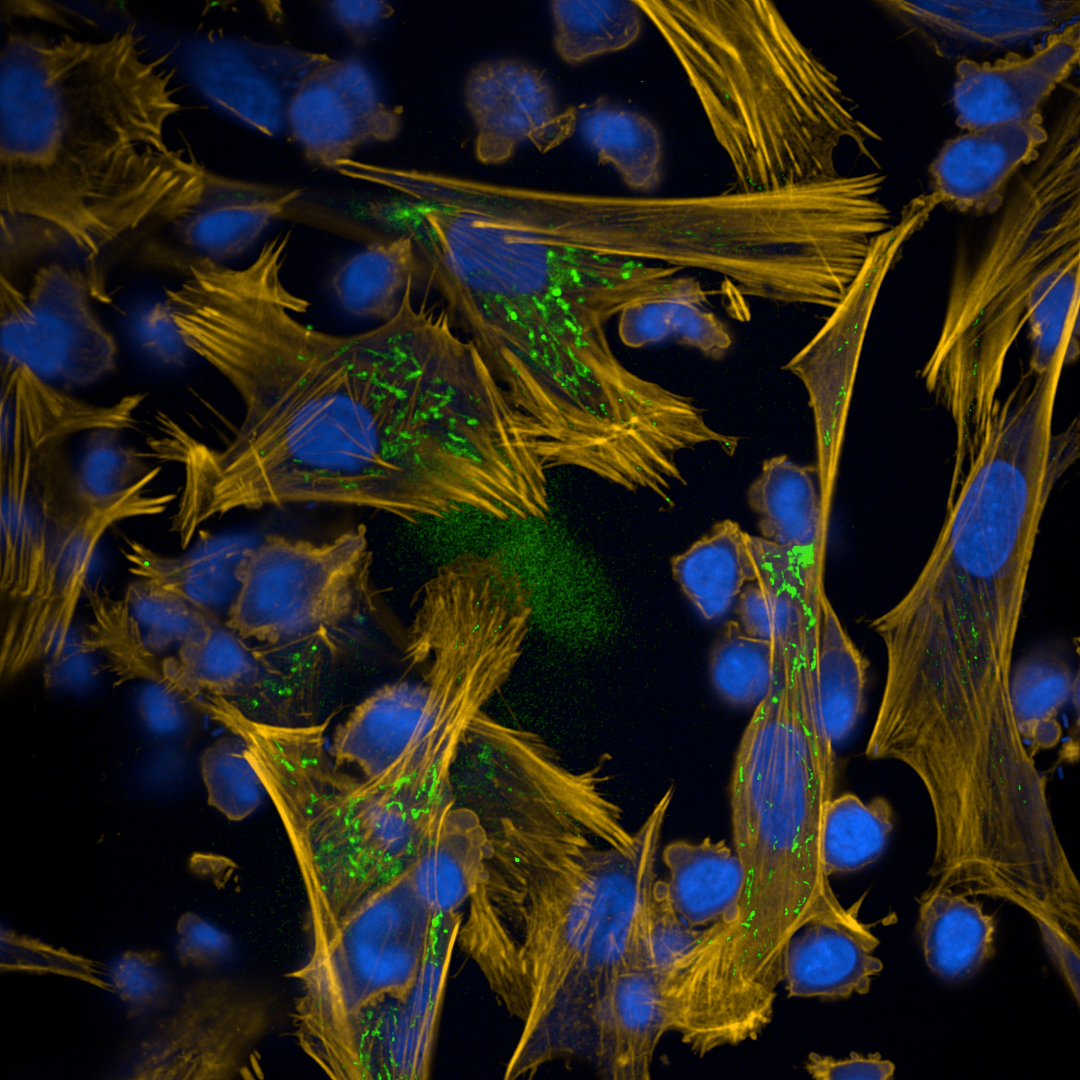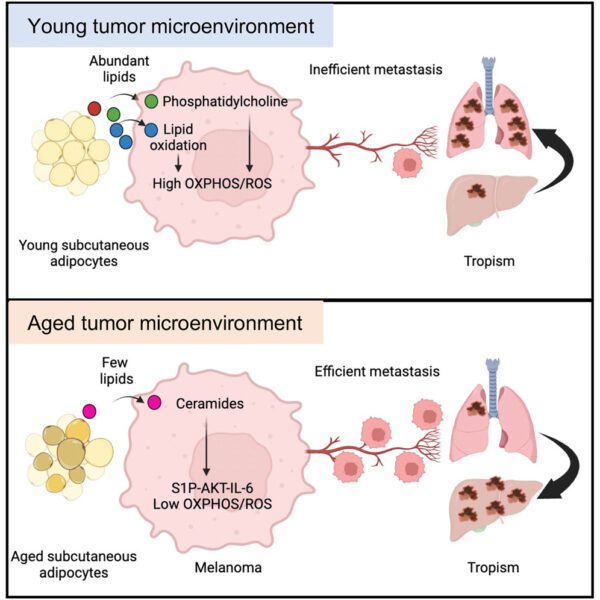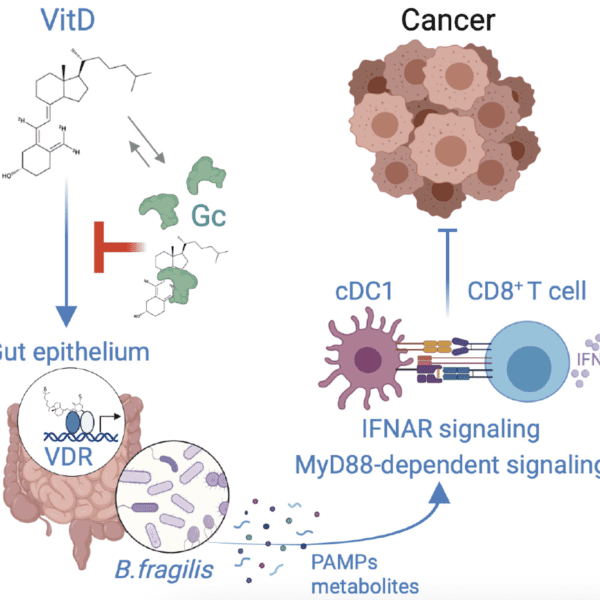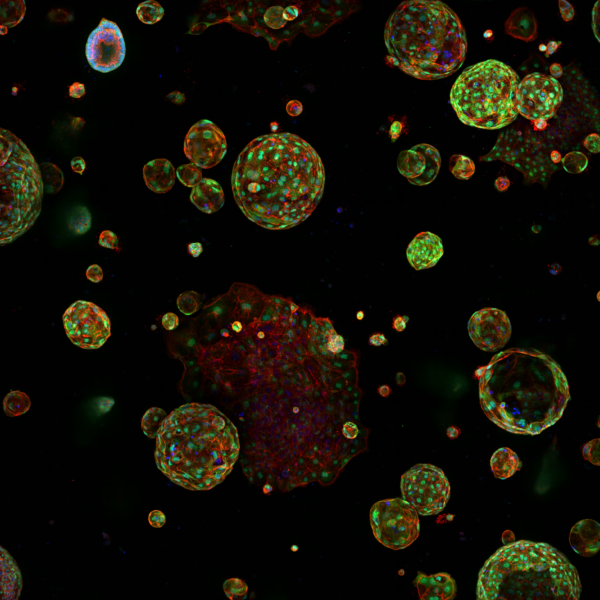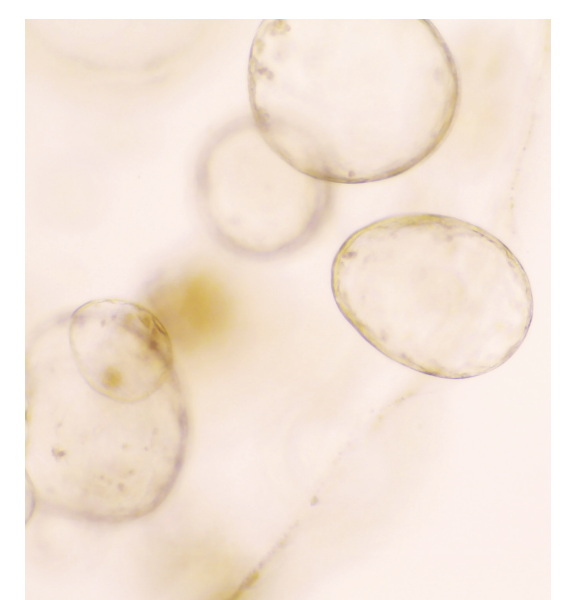Overview
Cutaneous melanoma can metastasise to distant sites and spread to organs is the key driver of death. Lung, brain and liver are the most frequent sites of organ metastases. In our lab we look at the changes that occur in cancer metabolism during metastasis. Metastasizing tumour cells undergo dynamic metabolic changes to adapt to a changing microenvironment during the metastatic cascade. We focus on the cues in the tumour microenvironment (TME) that shape cancer cell behaviour, contribute to tumour heterogeneity and impact the metastatic route and efficiency of the cancer cells.
Melanoma cells at their primary site rely on nutrients in the TME for energy, proliferation and invasion. Key nutrients, taken up by melanoma cells, can act as signalling molecules, shaping cancer cell behaviour and metastasis. The metastatic process requires melanoma cells adapt to new local environments at metastatic sites, and this adaptation impacts tumour progression at new site and therapy response. We use metabolic analyses and transcriptomic data to study how metastatic tumours adapt to new sites, comparing the metabolic disparities between primary and metastatic tumours to understand adaptation in different organs. The overall aim is to discover metabolic vulnerabilities, predictive biomarkers of progression and metastasis that we can target to improve outcome and therapy response.
